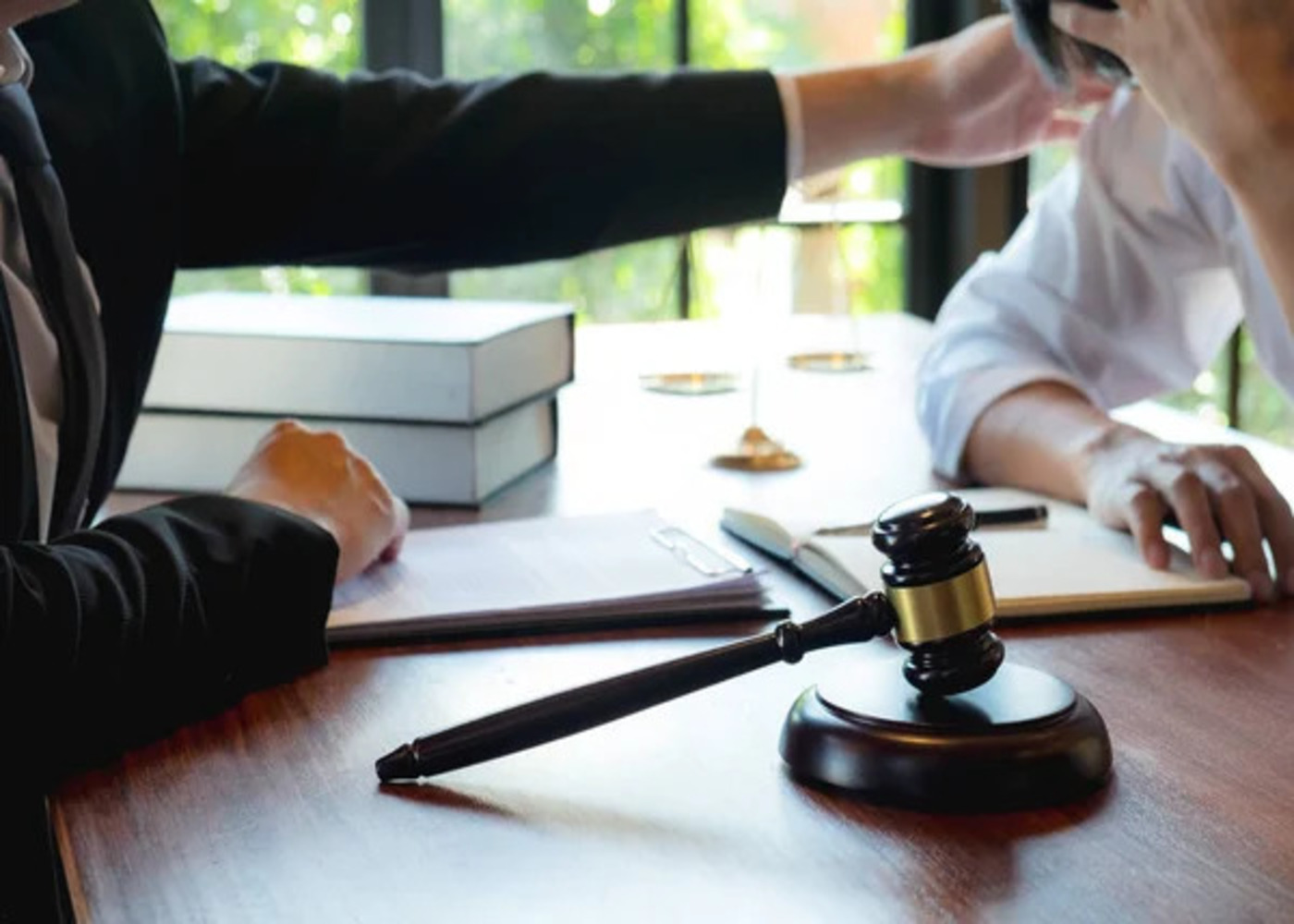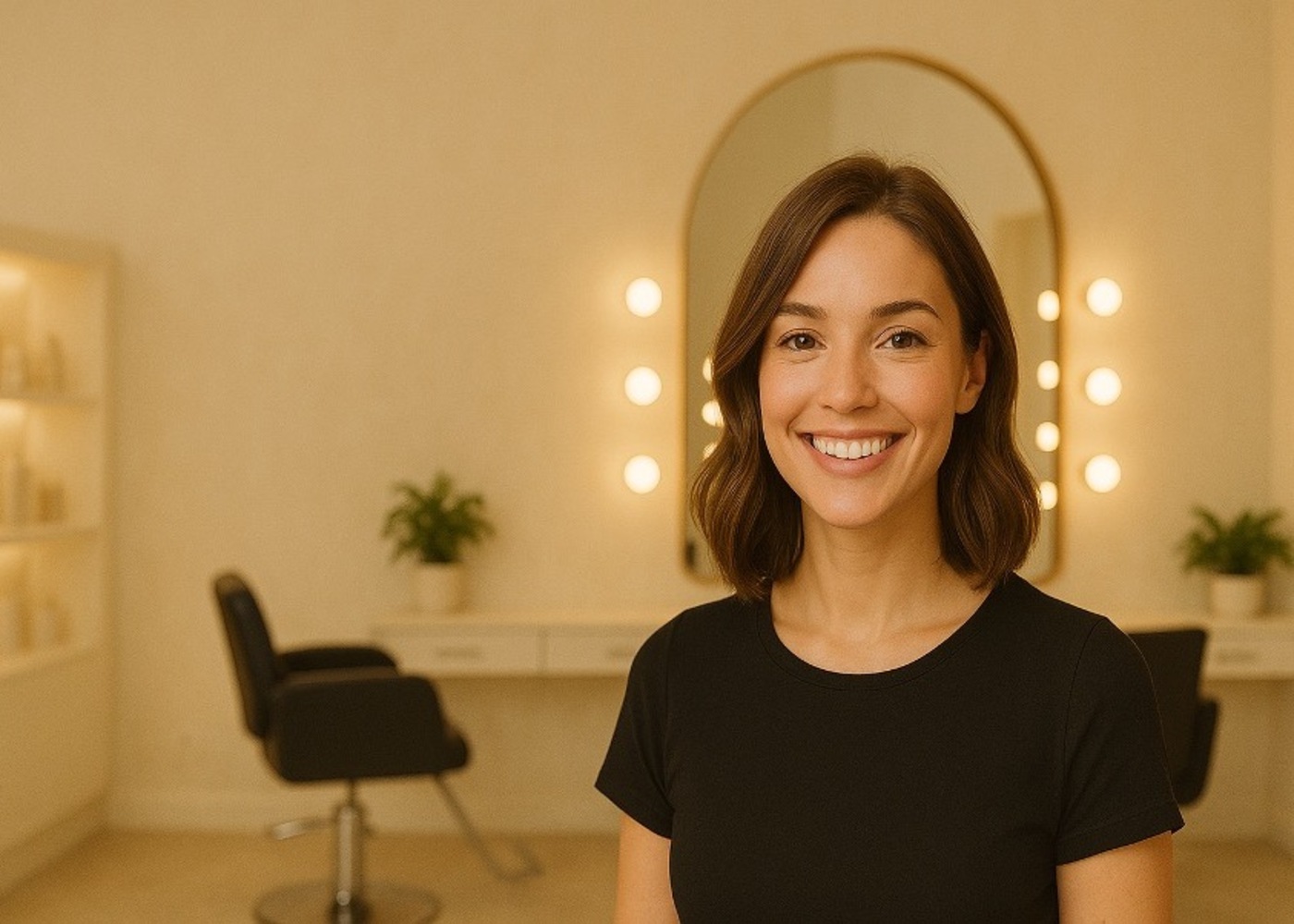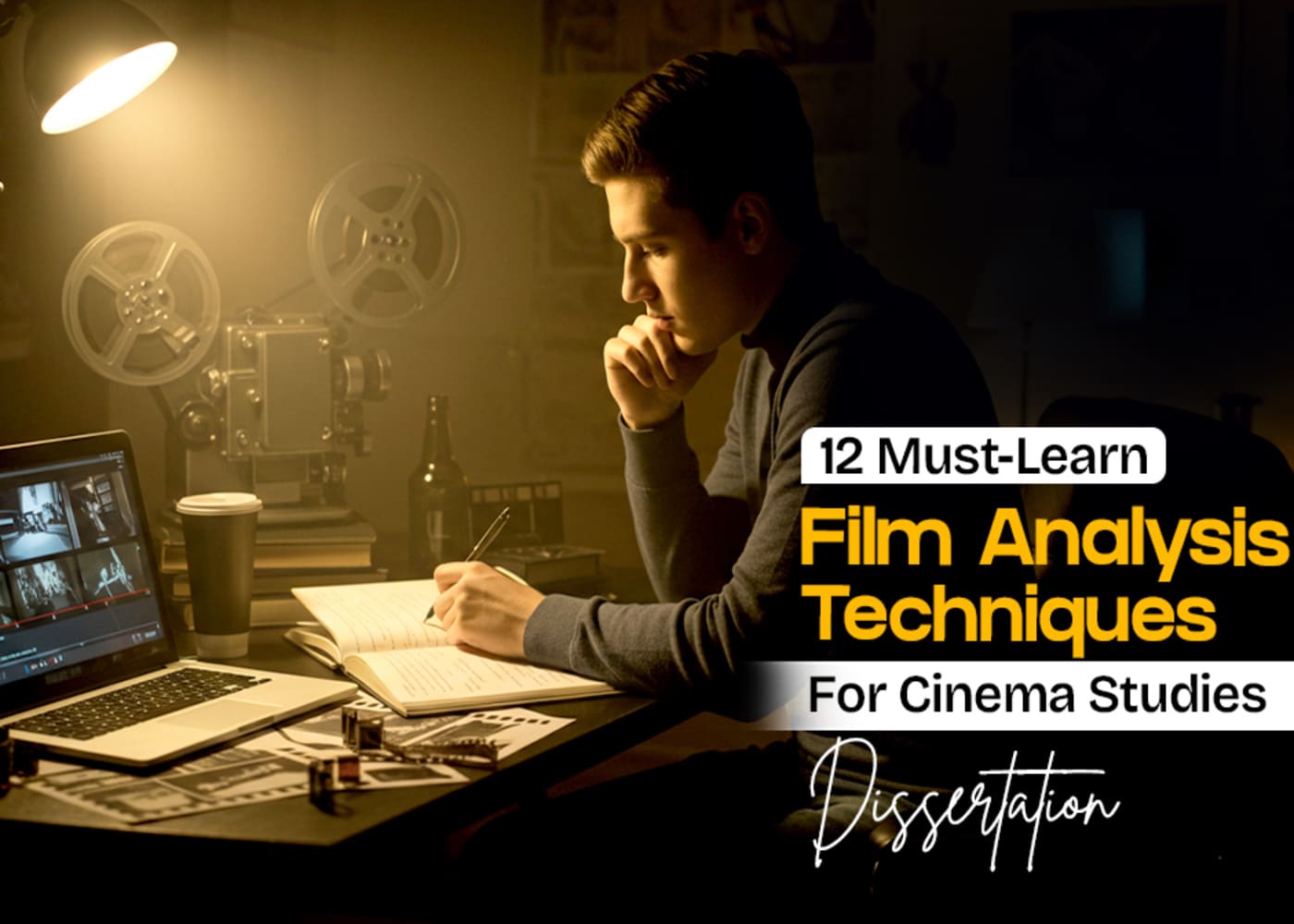Movies are never made in one shot. Movies are made up of several takes at different times that are eventually pieced together to make a whole that we eventually see as a released Cinema movie. This process of putting all the shots or takes together is what we know as editing in post-production. Editing is a film editor must combine the greatest shots into a single cut that flows smoothly. This is what is known as continuity editing.
Continuity Editing: What Is It?
Continuity editing is a typical narrative film and television editing technique. The notion of continuity refers to making sure that all details in a film or television show are constant from shot to shot and scene to scene. Each shot feels as if it flows from the previous shot, reinforcing a sense of realism in the plot if a scene adheres to the rules of continuity.
Importance of Continuity Editing in Films
Continuity editing is essential to successful storytelling and filmmaking because it keeps viewers engrossed in the movie or television show. Filmmakers want viewers to focus solely on the action and conversation of a story. The viewer can concentrate fully when visual elements are consistent throughout a scene.
While plot holes and continuity mistakes might irritate viewers, experimental and avant-garde films may employ discontinuity editing to create the desired effect. This approach is sometimes used in Hollywood blockbusters as well.
8 Continuity Editing Techniques
In the film, there are two kinds of continuity: temporal and spatial. Temporal and spatial continuity ensures that a film appears to flow in time and that the geography of a scene remains consistent. A variety of editing techniques are available to ensure scene continuity:
1. Eyeline Match:
It must be evident who is looking at whom in a scene with various shots of multiple actors conversing. For the pictures to be intercut in post-production, a filmmaker must show characters staring at each other in wide shots with the same direction of their gaze in close-ups.
2. Diegetic sound Technique:
This is the sort of circumstance in which the onscreen action is aided by a cinematic soundtrack. Diegetic sound is any sound that comes from the film's narrative universe. Diegetic sound is essential in temporal continuity editing because it gives the impression that a scene is happening in real-time as you move from one cut to the next.
3. Matching Actions:
An editor will utilize this method, also known as match on action, to match cuts from one shot with those from a different view that match or continue the action of a first shot. For instance, if the establishing shot shows someone opening a door, the corresponding action shot would be the opened door from the other side.
4. The 180-degree Principle:
This is a camera movement guideline that adds to narrative storytelling by allowing viewers to see how two actors stand and experience their surroundings about each other. The 180-degree rule creates an imaginary axis between two characters, with each side of the axis representing one of the characters' points of view. By preserving the same left/right relationship between the two characters, the 180-degree rule is intended to reduce bewilderment and distraction for the audience.
5. The 30-degree Principle:
This is a set of guidelines for filming a subject from various angles in the same scene to create variation. Between images of the same topic, the camera must travel at least 30 degrees.
6. Cross-cutting:
This approach creates parallel events amongst characters in separate locations. Two actors have a phone call in various locations, for example—each actor films independently, and the clips are blended to make it appear as if they're having a conversation. For the conversation to flow like a real conversation, the film editor would have to synchronize the sound between the two takes perfectly. Parallel editing is no exception.
7. Jumpcut:
This is a cut between two identical shots that gives the impression of jumping forward in time for a brief period. Jump cuts can add speed and a sense of urgency to a scene or depict the passage of time in a montage.
8. Flashback:
A flashback is a scene (or series of scenes) that occurs before the beginning of a story. Flashbacks disrupt the main narrative's chronological order to transport the audience back in time to moments that are important to the development of characters or the storyline. While flashbacks may appear to break the flow of the story, they are frequently necessary for exposing important details or explaining a conflict or missing connection.
Hopefully, you've learned something useful from this. Then follow Filmdistrict Dubai, a prominent Production House in Dubai that specializes in Film Equipment Rental Dubai, Audio Visual Rental Dubai, Photo Booth Rental Dubai, and Camera Rental Dubai, to stay up to date on exciting content like this.







